This guest post was written by Sandy Rees, of Get Fully Funded.
Many people have bought into this myth: I need to raise money for my nonprofit, so every time I talk to donors I should ask for money.
No. Wrong. Don’t do it.
It’s true raising money for a nonprofit is an ongoing endeavor, but that does not mean you should ask for money every time you talk to donors. If you manage to insert a request for money into all of your donor communications, your donors will feel like an ATM and tune you out.
That means they’ll stop giving.
You want your donors to feel like they are a valued part of your organization, connected to your organization’s cause in a meaningful way. They are more than a person who writes a check or makes a gift on your website, and you want to make sure they know that.
Good, long-lasting fundraising is based on relationships. The more connected a donor feels, the more likely they are to give. And that usually turns into larger and more consistent gifts.
You can build that connection through frequent donor communications that share inside information and compelling stories without asking for money.
As a general rule, you should communicate with a donor three times without asking for money before making a direct ask.
It’s called the 3:1 Ratio and it will keep you from showing up with your hand out all the time.
Donor communications that do not ask for money are a critical part of fundraising strategy. However, organizations tend to spend most of their time scheduling and crafting communications that ask for money.
By increasing your communications between direct asks, you will strengthen your relationships with your donors and bring in more money.
Here are five types of donor communications that do not ask for money:
1. Gift Acknowledgment
When you thank a donor for a gift, don’t ask for another. Keep the letter or email focused on its intended purpose: thanking the donor.
Your acknowledgment should let the donor know how their gift will be used, reminding the donor that they played an instrumental, heroic role by donating. Keep the communication short and focused on them and their valuable contribution.
2. Program Update
This is a communication donors love to receive: “Here’s how we used your gift!” Then you can describe how funds raised were used to address urgent needs.
Were you able to feed more families? Tutor more students? Spay more cats? Provide medical care to more children? Letting your donor know that you followed through on your promise to put their gift to good use will set your organization up for a future gift.
3. A Compelling Story
This is another communication donors love to receive: a moving story that reminds them why they supported your work in the first place. A story does not have to be dramatic, nor does it have to showcase a person whose life was totally transformed because of your organization.
The story just has to touch the donor’s heart.
Compelling stories are everywhere, but you might not recognize smaller stories as being ideal for a donor communication. A text you receive from someone who received services letting you know how much your organization helped them makes a great story to share. Another winning story is a person who reaches a milestone, such as graduating, getting a job, or moving from a shelter to an apartment.
Look for a unique story, like the family who volunteers at your food pantry because the pantry was there for them years ago when they needed food. Or the refugee who achieved his goal of becoming a police officer ten years after immigrating to the U.S. and receiving services from your organization. Or the veteran who is receiving support from your organization while volunteering at a local animal shelter.
Train your program managers and regular volunteers to be on the lookout for stories that capture the essence of your organization’s work.
Be careful to respect everyone’s privacy and honor their dignity by seeking permission to tell a person’s story, and, if necessary, using a pseudonym and eliminating identifying details. And avoid portraying people as victims. Focus on what they have accomplished and the role donor support played in their success.
4. Breaking News
When something big happens at your organization or in the field or community you work in, you should let your donors know right away. Don’t let this communication languish while several people weigh in on wording choices. Get it out right away!
For example, if a new law is passed that impacts your organization’s work or the people you serve, let your donors know how your organization is responding. If a beloved person in your organization or a partner organization passes away, share a tribute that includes a few stories about the person that emphasize their passion for your organization’s cause.
If your organization receives a transformational gift, that can be framed as breaking news, as can breaking ground on a new building, launching a new program, or winning an award.
Let your donor know: “We wanted you to hear this news from us first.” This lets them know they are part of your organization and valued for more than just their financial gift.
5. Reaction to a Larger News Story
When something big happens in the world, such as a catastrophic earthquake, your organization might want to release a statement expressing solidarity with those affected. The purpose of this statement is to connect your organization to the larger news story, and let your donors know that your organization recognizes its role in the greater community.
Use Multiple Channels for Donor Communications
As you plan your donor communications with the 3:1 ratio in mind, think about all the ways you can reach your donors:
Your email marketing list is your best friend for donor communications, even though you might not realize it. If you focus on the percent of donors who do not open your emails (around 75 percent), you will get discouraged. Instead, focus on the 25 percent who do open your emails. You are probably reaching a higher percent of donors via email than social media!
Keep emails short and focused. Choose the strongest image you have and, if you have a video, all the better! Then use a hooky, intriguing subject line to get the email opened.
Social Media
Share news and stories on your Facebook page and other social media channels you manage, including Instagram, Twitter, and TikTok. Pay attention to your audiences and the types of content they find engaging.
Tweak your content for each platform. When you have really amazing news to share, consider spending money on a Facebook Ad to reach more of your page followers. You will get much better reach than just an organic post simply by spending a few dollars. You can also pin important news announcements to the top of your feed.
Your Website
Post news and stories on your nonprofit website’s blog. Then link to them from your Facebook page, saving you time and bringing donors to your website. Your blog should serve as a news hub and hold all the news that is fit to share, including stories.
Letters
Do not discount the power of a letter or postcard sent through the mail! For some donors, this may be your only way to communicate with them, as it may be the only contact information you have.
Most nonprofit communications that land in mailboxes are appeals. Think how refreshing it will be for a donor to get a story and a photo without a request to donate! Include a handwritten message on the letter: “Hi Angela, I thought you would be happy to see how this program has flourished! Your gift really made a difference!”
Phone
Calling donors makes an impact, yet many organizations are reluctant to call. They don’t want to bother the donor, or they worry that the conversation will be awkward. Instead of worrying about what might happen if you call, spend some time each week calling your donors and updating them on the program they donated toward. In many cases, your call will go to voicemail, but in other cases, your call will really brighten someone’s day.
By communicating with your donors often, you will remind them how much they value your organization and the work you do. By only asking them for money in every fourth communication, your donors will feel like they are more than just a checkbook. They will feel like valued partners in changing lives, and they will be compelled to donate even more.
By Sandy Rees
Sandy shows founders and leaders of small nonprofits how to fully fund their dream so they can make the difference they want to make in the world. She has helped dozens of small nonprofits go from “nickel-and-dime fundraising” to adding 6 figures to their bottom line. As a trainer, she shows her students how to find ideal donors, connect through authentic messaging, and build relationships that stand the test of time, so that fundraising becomes easy and predictable. Find out more at www.GetFullyFunded.com.
.svg)


.svg)
.svg)
.svg)

.avif)


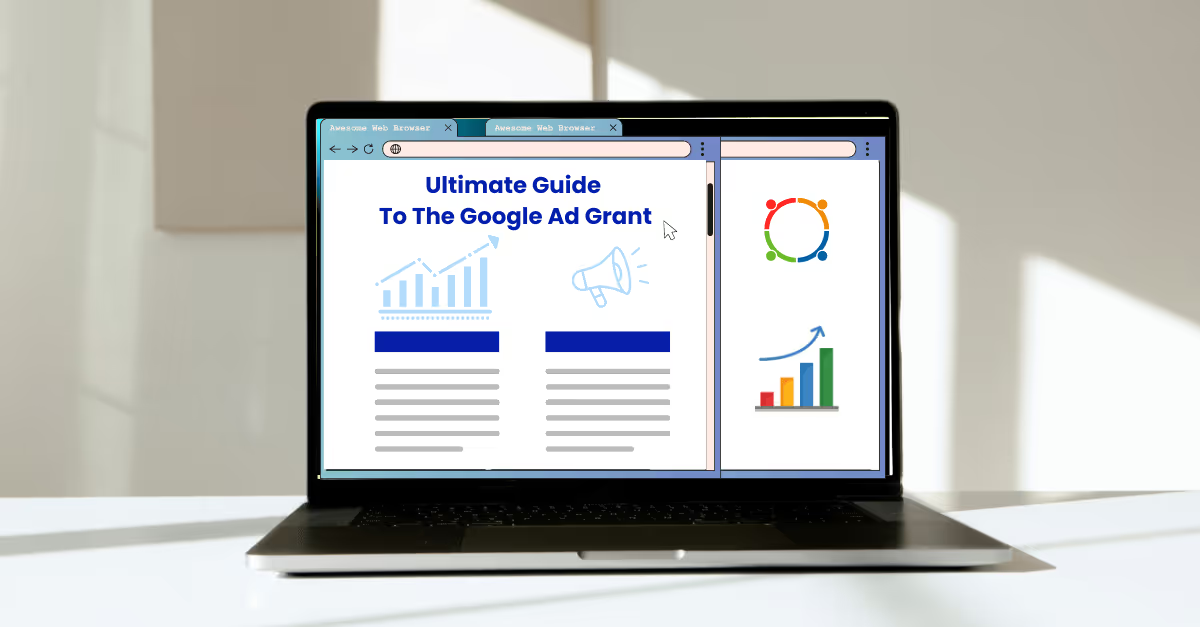










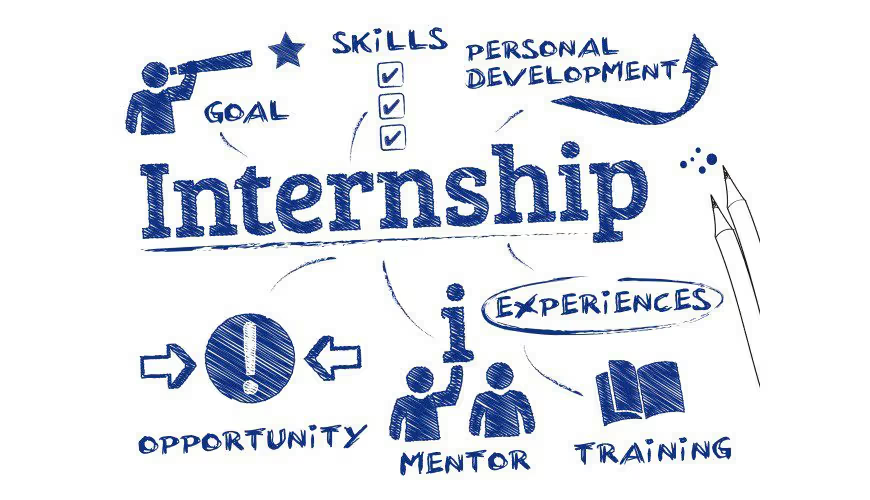
















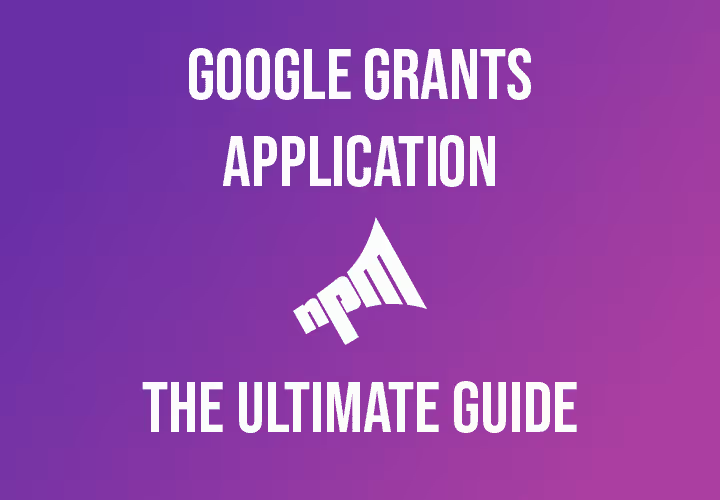







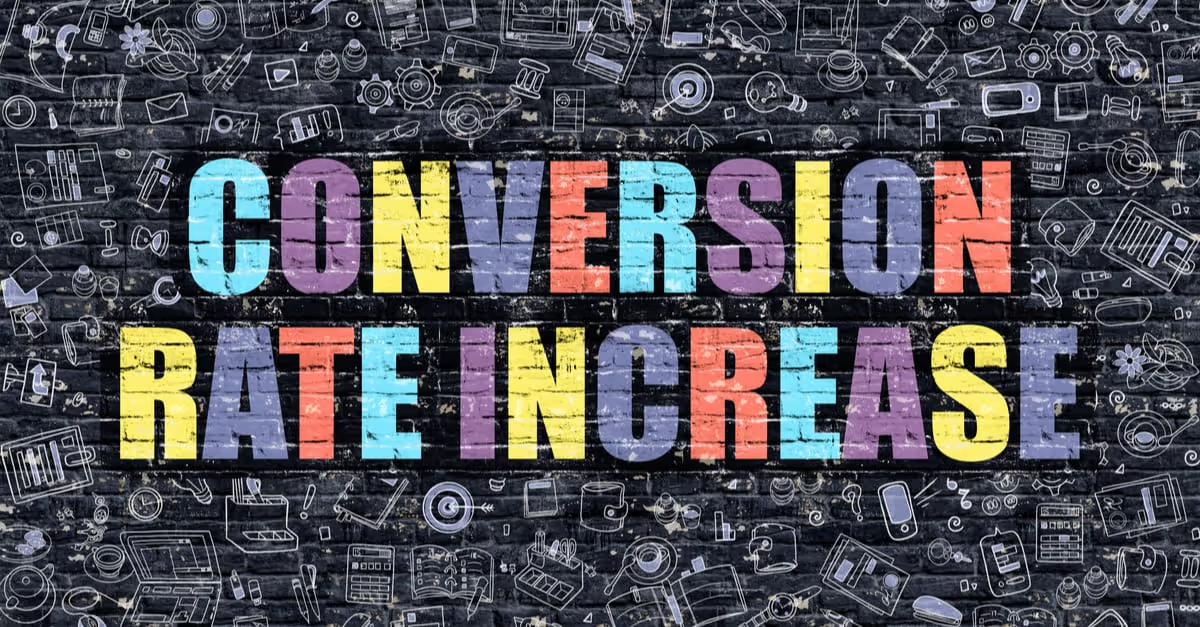

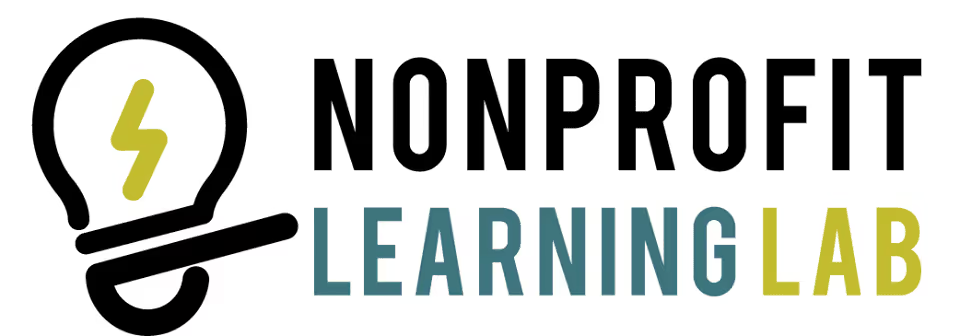

















































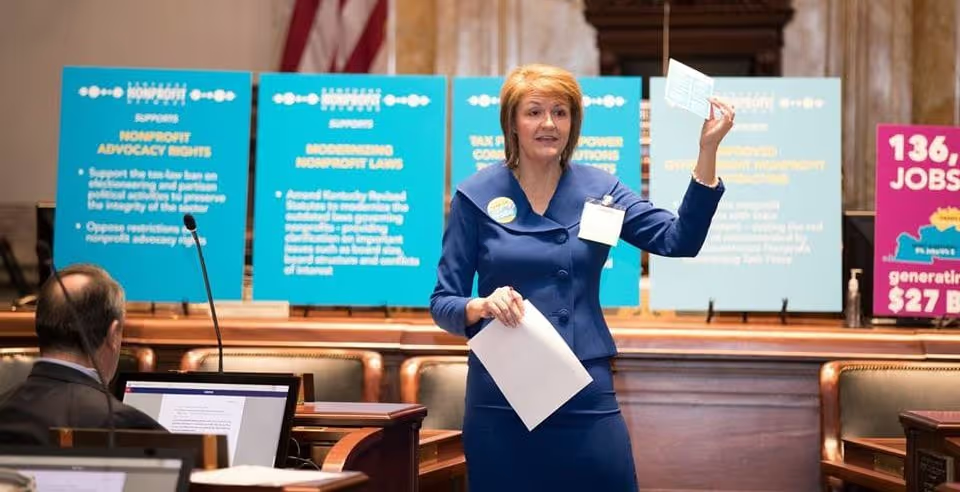




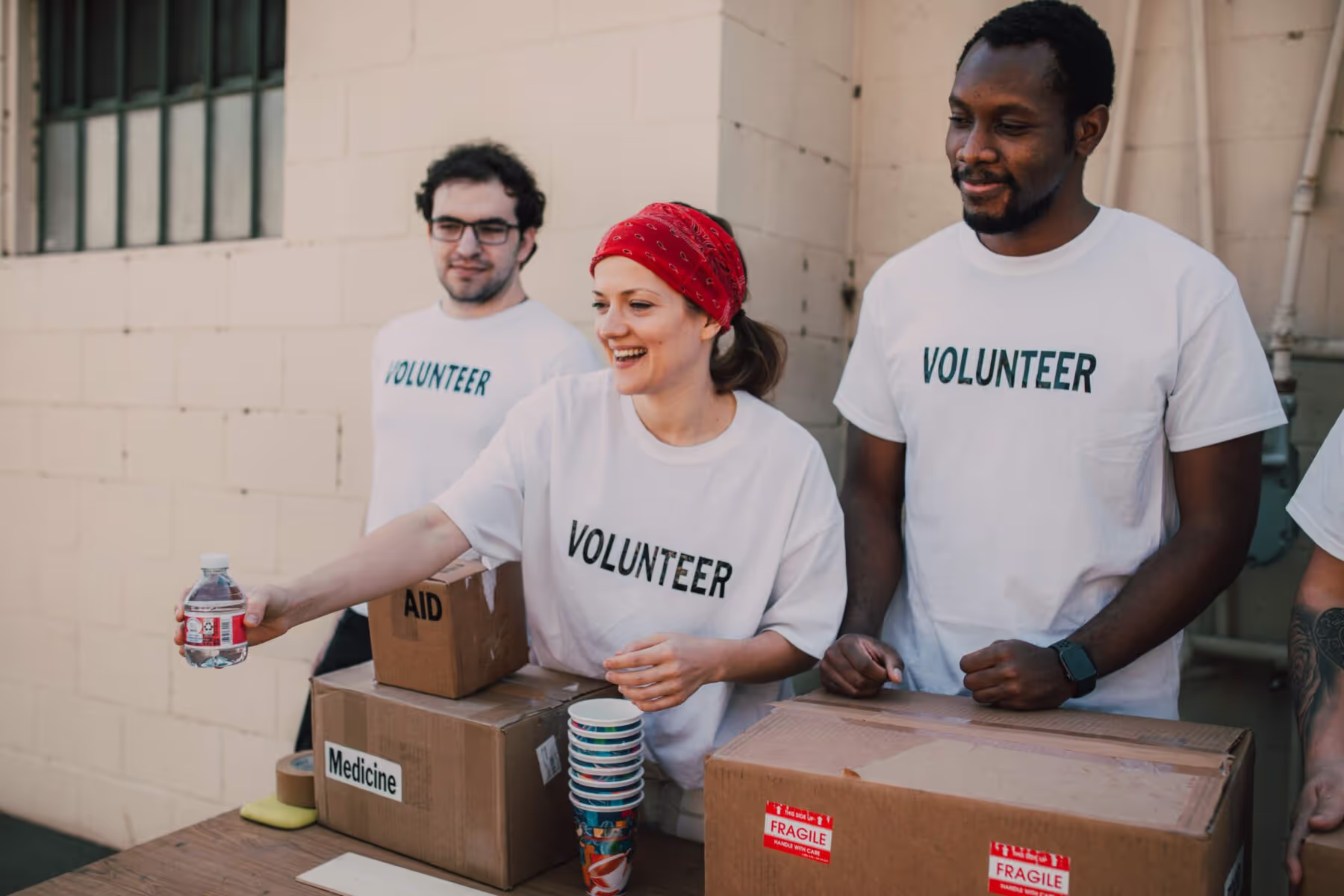

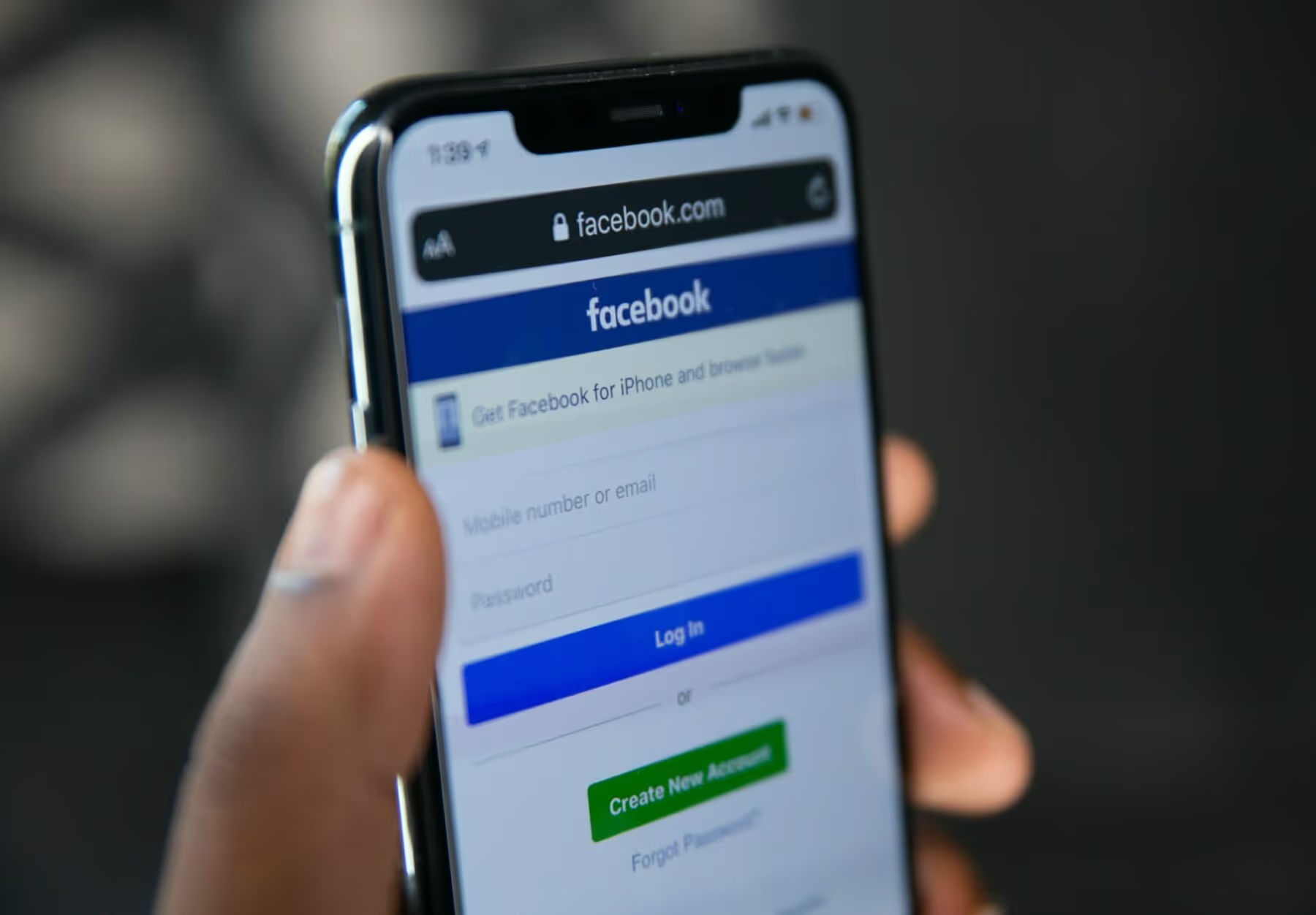







.svg)
.svg)
.svg)
.svg)